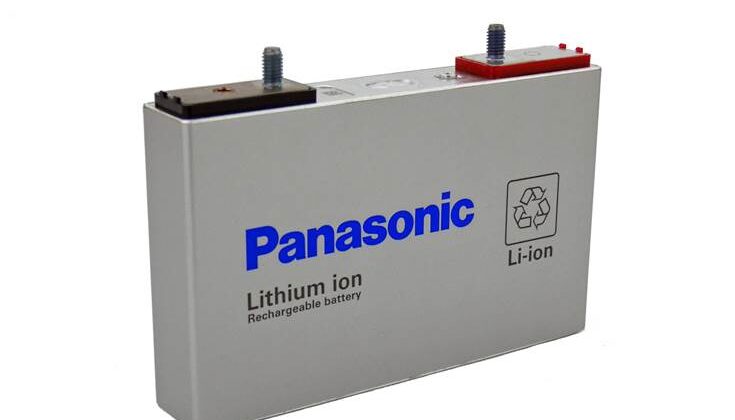

Used EV batteries can be fully recharged!
Millions of electric vehicles will be scrapped in the coming years, but for the batteries that power them, there is a second chance.
A grid-storage unit in West Sussex, U.K., part of a project from Renault SA and Connected Energy using second-life EV batteries from Renault vehicles.
WSJ* Tweet on Nio vs Tesla battery swap system
NIO, a Chinese EV startup company, may give Tesla a run for its money with their battery swap technology. #WSJWhatsNow pic.twitter.com/VFe2UeuVP9
— The Wall Street Journal (@WSJ) January 12, 2021
Eventually,
auto makers and recycling companies want to harvest valuable materials from old EV batteries to make new ones. But before they are recycled, used batteries could be given a second life on the electricity grid.
Wind and solar plants are increasingly being coupled with lithium-ion batteries to store excess power for times when the sun isn’t shining and the wind isn’t blowing.
As these are the same type of batteries as those used in electric cars, auto makers say repurposing them could aid the expansion of renewable energy as well as address an electronic-waste challenge.
Global investment in grid-scale batteries reached $6.8 billion in 2021, up from $4 billion in 2020, according to International Energy Agency estimates.
Chart on EV Batteries market growth by Navigent Research


There are currently 10 million EVs on the world’s roads, a figure that is expected to rise to 300 million by 2030, the IEA says.
That will create a valuable market for retired batteries: Roughly 1.7 million will be available for reuse in 2030, with a combined value of $5.1 billion, according to Circular Energy Research and Consulting
- EV batteries degrade as they are charged and discharged.
- Drivers can expect upward of 100,000 miles of use before a battery loses 20% or more of its capacity
But they remain useful for grid storage until their capacity drops to around 60%, potentially giving them another 10 to 15 years of service, according to Hans Eric Melin, founder of Circular Energy Storage Research and Consulting.
As more old batteries become available, these projects are proliferating. Volkswagen AG’s Skoda unit last year started providing energy-storage systems—each of which uses 20 plug-in hybrid batteries or five all-electric batteries,to power charging stations at dealerships in Europe.
The combined capacity of retired batteries will climb from 10.4 gigawatt hours last year, to 107.5 gigawatt hours by 2030, according to Circular Energy Storage Research and Consulting estimates.






